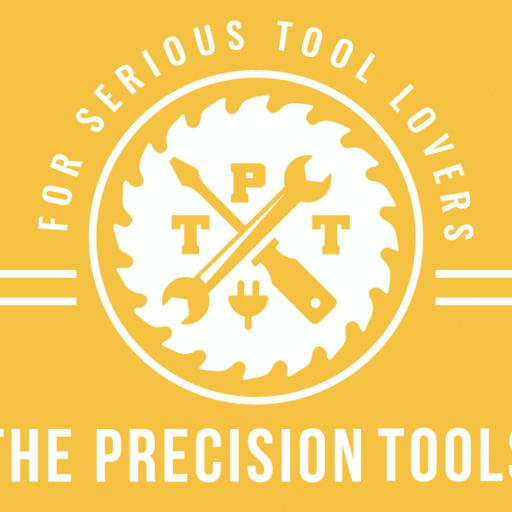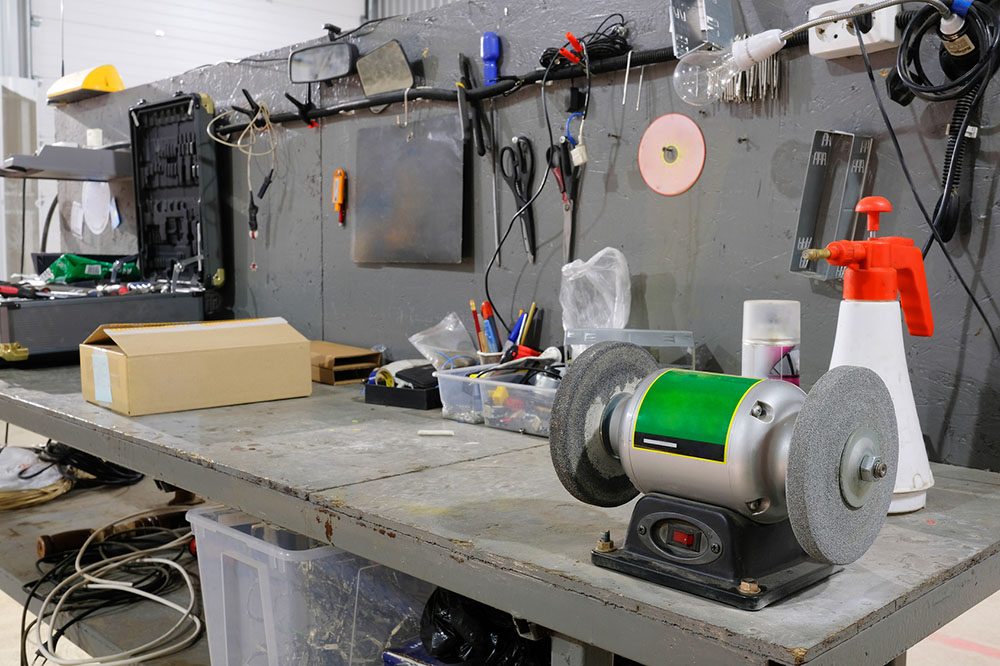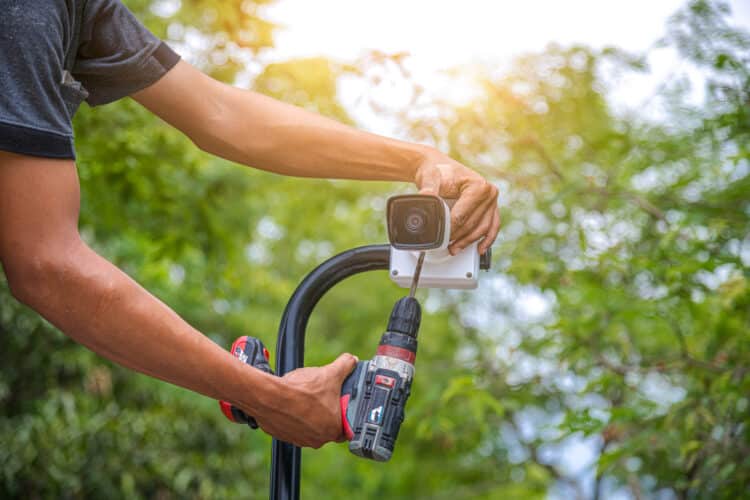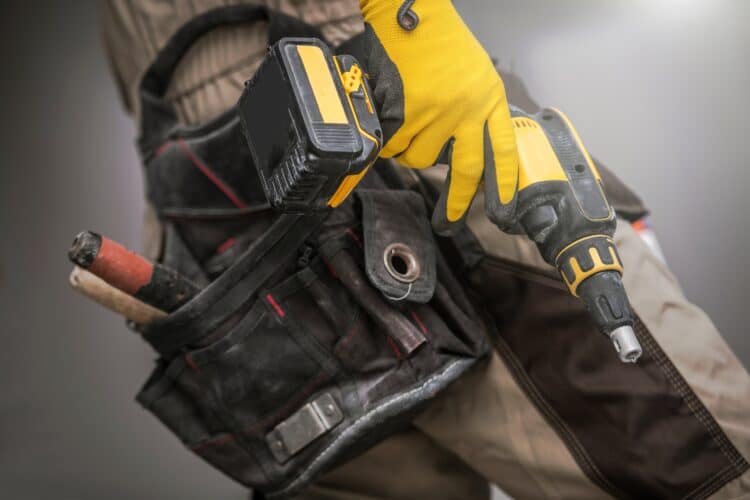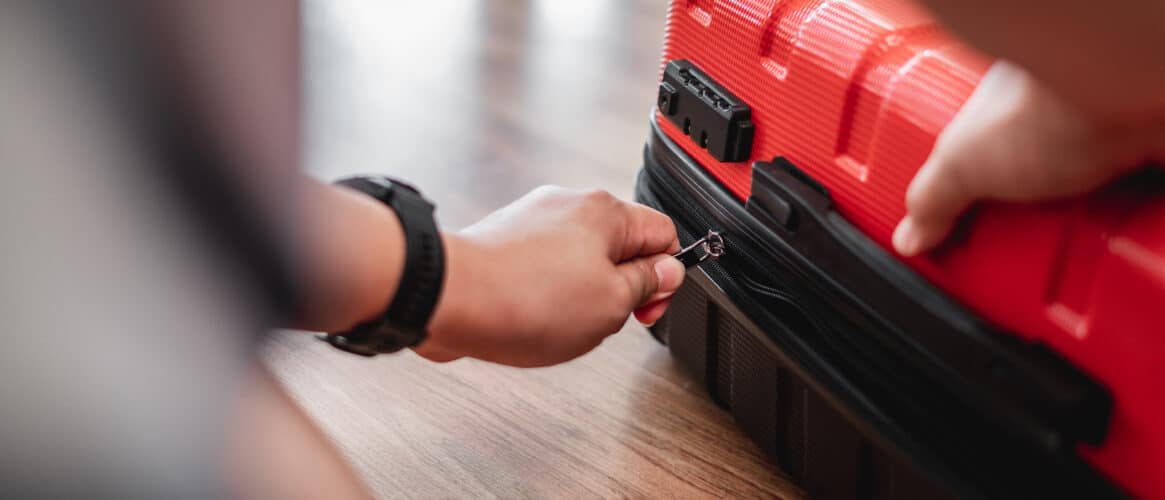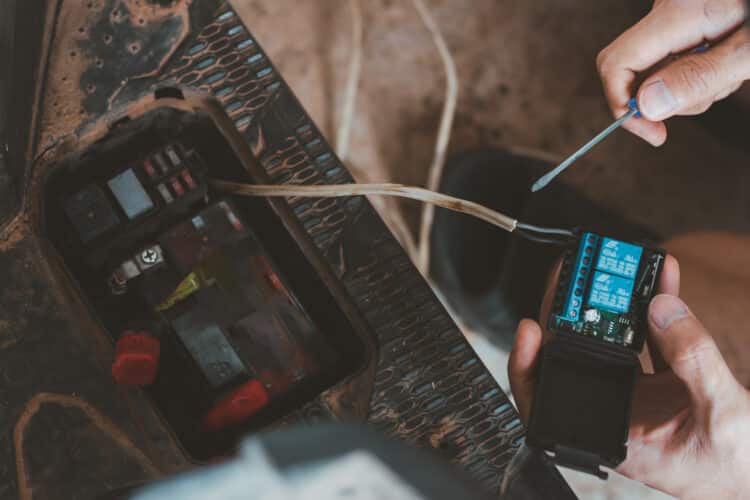A bench grinder is a useful tool that is used to carry out significant tasks of woodworking and knife repair. The bench grinder wheels for knives are spun at a high speed to trim off wood, metal, and plastic or sharpen blades. Most professional knife sharpeners use bench grinders for employing their craft.
They are highly effective as it is cheaper to sharpen a knife instead of buying a new one.
Essentially, the cost factor is truly important in the case of chefs who invest thousands of dollars for purchasing their knives. Below we try to illustrate and provide tips for getting a perfectly sharpened edge on a blade by using a bench grinder.
#1 Avoid Using a Vice
Most often, due to the speed of the bench grinder, people tend to use a vice. It keeps the blade in a single place as the knife is ground down to a sharp edge.
However, we recommend avoiding using the vice as the process to sharpen the blade is not a linear process. Hence, for getting a proper edge, it is important that the blade moves naturally along the grinding wheel.
#2 Perfect Angle
A common mistake that people often make is keeping the blade flat on the bench grinder wheel. It is always advised to not sharpen the blade with the side faced against the grinder. Doing the opposite increases the shine but does not sharpen the blade. For sharpening the edges, the blade has to be a kept at an angle of 45 degrees towards the grinding wheel.
#3 Natural Curvature
Flat knife blades mostly come with a curvature. While using a bench grinder, it is important to keep it in line with the natural curve of the blade.
While the process of sharpening the blade using the grinding wheel is carried out, it automatically starts to pull the blade towards at along this line. Hence, instead of fighting the grinding wheel, it is best advised to follow that naturally.
Moreover, as one holds the blade over the grinding wheel, it should never be in a single place. This is because the grinding wheel moves the blade and hence it’s important to control the blade instead of fighting the natural friction of the grinding wheel.
Lastly, make sure the blade is moved along the grinding wheel in an even yet timed manner. It will eventually allow the blade to be sharpened.
#4 Allow the Bench Grinder to Operate Freely
Most of the first time users try to put a lot of force on the blade while grinding.
However, it is not the right way forward. Doing this can make the blade chip and further destabilize the control you have over the blade. The fact that the grinding wheel spins pretty quickly, it doesn’t need the user to sharpen the blade.
The only thing that you should be doing is setting the blade on the grinding wheel in the right angle to allow it to do the work itself along the natural curvature of the blade.
Sharpening the Knife
Sharpening your knife makes it a lot easier to operate and carry the basic operations smoothly. Sharp tools are said to be dangerous when not used with the right care but applying force when using blunt tools might be a lot more dangerous. It may cause an accident in case the tools slip while applying the extra force.
Paper Sharpening Wheels for Knives
When you use paper sharpening wheels for your knives, you will find that the process is pretty fast. The time to sharpen a dull knife, for example, is often around one minute. These wheels are suitable for sharpening a variety of different blades, including knives, gouges, scissors, and carving tools.
It consists of two laminated paper wheels which can provide the blade with a polished edge. The wheels will fit on most any standard bench grinders that has a half-inch arbor that is capable of using 6-inch diameter wheels. Paper wheels like this usually work best with high-speed motors of 3450 to 3600 rpm.
Bench grinder wheels for knives are an easy tool that helps in getting the sharpness back. With constant use, the sharpness tends to fade away, and hence, it becomes more than important to sharpen the knife from time to time.
DO’s & Don’ts of Bench Grinder Wheels for Knives
- Always handle the grinding wheels carefully
- Before using do a thorough inspection of the wheels for any cracks or damages
- Closely check the machine speed against the safe operating speed
- Use mounting blotters supplied with the product
- Thoroughly inspect the mounting flanges for equal relief, size around the wheel hole
- Ensure that the flanges you are using are flat, clean and smooth
- Make sure a proper wheel guard is used on the bench grinder
- Ensure that the bench grinder is equipped with an adjustable work rest that kept at a distance of 1/8 inches or less from the face of the grinding wheel
- Ensure that the bench grinder is clubbed with an adjustable tongue guard or spark arrestor
- Let the mounted wheels run at its operating speed for a minute before starting the grinding process
- Make sure you are not standing in front or in-line with the rotating wheels while operating
- Keep the working space clean and free from elements that might accidentally strike or come in contact with the grinding wheel
Now the Don’ts
- Never use the wheels that are damaged or dropped
- Do not force the wheel on the machine or try altering the size of the wheel’s mounting hole
- Never exceed the speed marked on the grinding wheel
- Don’t use the mounting flanges where the bearing surface is not clean, smooth or flat
- Never tighten the mounting nut more than needed
- Don’t start the machine till the safety guard has been securely put in place
- Don’t try adjusting the work rest or the spark arrestor when the grinding wheel is in use
- Never stand in line or in front of the grinding wheel after starting the grinding machine
- Never grind on the sides of the wheel
- Don’t jam the work on the wheel
- Never try to grind materials that are not meant to be used with the wheel
- Don’t use the bench grinding wheels if you haven’t reviewed all its safety materials and understand the way it has to be operated
Importance of Sharpening Your Knives
When you take care of your knives and sharpen them as they become dull, you will always have a sharp knife at your disposal for when you need it. It is just a small amount of maintenance that can ultimately save you time later.
Additionally, it is often a lot cheaper to sharpen your knives at home yourself than it is to have them professionally sharpened. As long as you learn how to sharpen your knives with your bench grinder and you follow the simple tips we have included in this article, you will be well on your way to becoming a DIY knife sharpening pro in no time.
Some Challenges of Knife Sharpening with a Grinder
You may also find that a bench grinder may be somewhat difficult to use for edge tool sharpening. The grinder is too fast and thin edges like that can become too hot and can draw the temper. For edge tool sharpening, you will instead want to consider a whetstone.
A speed controller may also be used to slow down the angle of the grinder while still being able to sharpen your knives and tools quickly and efficiently. However, you still may run the risk of overheating, so it is always advisable to proceed with caution when using your bench grinder for any kind of sharpening.
Therefore, with the right setup, the right technique and keeping the above things in mind, you can use the grinding wheels to sharpen the knives yourself.
Frequently Asked Questions?
What Happens When You Grind Aluminum On A Bench Grinder?
Aluminum is a no-no for grinding. It melts easily. Because of the heat generated by the grinder if you were to attempt to grind aluminum it would melt and coat the wheel.
When the wheel is coated with aluminum it can then cause more friction and the wheel will heat faster. IF it heats up enough it can explode.
Can You Sharpen Knives Too Much?
Yes, kind of.
When you sharpen a knife you are removing a bit of the steel each time. So you are “dwindling down” your knife over time if you sharpen it too much. Think of a pencil and the change you see each time you sharpen it.
You can also damage a knife if you sharpen it incorrectly. Such as using power equipment, and overheating the steel.
It is important to hone your knife when necessary and only sharpen it a couple times a year or so depending on use. That way you are able to reduce your chances of damaging your knife.
